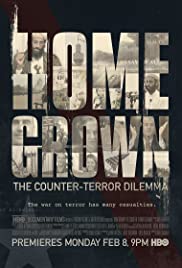
An insider’s account from the perspectives of those who helped construct America’s counter-terrorism machine — and of its targets.
You May Also Like
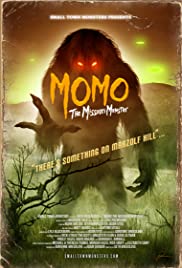
Momo is a cryptozoological Bigfoot-like creature reported to live in Missouri. It is described as having a large head and body all covered in fur that resembles shag carpeting, and emitting a terrible odor.
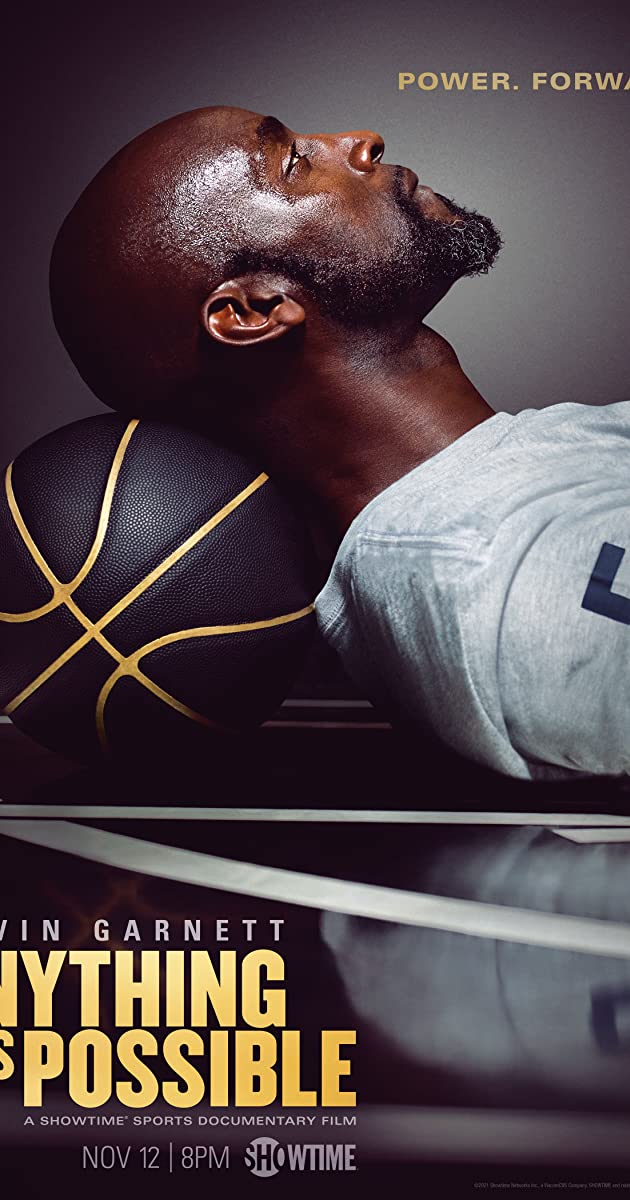
Follow Kevin Garnett’s remarkable career and the pivotal moments that defined it.

Martin Scorsese, Robert De Niro, Joe Pesci, and Al Pacino in conversation about The Irishman.

Initiated a AnotgerLand Project and established a self-sufficient community; independently issued a questionnaire to investigate the intentions of nearly one thousand households to relocate one by one; live on a mountain to compil…

“I was visiting Jerome Hill. Jerome loved France, especially Provence. He spent all his summers in Cassis. My window overlooked the sea. I sat in my little room, reading or writing, and looked at the sea. I decided to place my Bolex exactly at the angle of light as what Signac saw from his studio which was just behind where I was staying, and film the view from morning till after sunset, frame by frame. One day of the Cassis port filmed in one shot.” -JM

From the Academy-Award nominated creators of the Broadway show STOMP and the award-winning film Wild Ocean, The Last Reef is an uplifting, inspirational large-format and 3D cinema experience capturing one of nature’s more vibrant and diverse wonderlands. Exotic coral reefs, vibrant sea walls in the sub-arctic pulsating with anemones and crustaceans: these biodiversity hot spots are as vital to our lives as the rainforests. Shot on location in Palau, Vancouver Island, French Polynesia, Mexico, and The Bahamas using groundbreaking 3D cinematography, The Last Reef takes us on a global journey to explore the connection of our cities on land with the ocean’s complex, parallel world of the coral reefs beneath the sea.
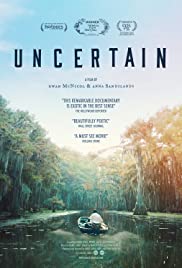
A keen observation of a sun-dappled and still-watered swamp, Uncertain contemplates a frequently overlooked and enigmatic town whose lake, and only real source of income, comes under threat from an aquatic nuisance of the botanical variety. Perhaps unsurprisingly for a site so-named, there is a lack of consensus about the Texas town’s origin: whether the result of a surveyor’s confusion when marking an early map, or steamboat captains’ belief that docking there was an unknowable, impossible task, an auspicious beginning is offered for the unsettled and yearning inhabitants.
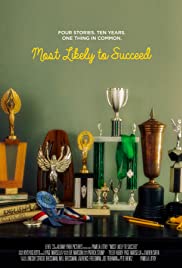
In 2007, four teenagers from disparate backgrounds are voted “Most Likely To Succeed” during their senior year of high school. Over a ten-year period, they each chart their own version of success and navigate the unpredictability of American life in the 21st Century.

Acclaimed writer, Shelby Steele, has long argued that systemic racism is more a strategy than a truth, and that the universal oppression of black Americans is largely over with. But the 2014 shooting of a black teen, Michael Brown, in Ferguson, Missouri by a white policeman shook the nation to its core. During Steele’s investigation of Ferguson, America was once again rocked by the brutal killing of George Floyd. Didn’t these killings, and the long list of others like them, put the lie to Steele’s argument?

Hull, England, 1970. In a run-down commune in a tough port city, a group of social misfits – mostly working class, mostly self-educated – adopted new identities and began making simple street theater under the name COUM Transmissions. Their playful performances gradually gave way to work that dealt openly with sex, pornography, and violence. COUM lived on the edges of society, surviving on meager resources, finding fellowship with others marginalized by the mainstream. At the core of the group were two artists, Genesis P-Orridge and Cosey Fanni Tutti. As their work evolved, Cosey embarked on a career modeling for pornographic magazines, which she claimed for herself as a conceptual artwork, using it to forge a specific position in relationship to 1970s feminism. In performances, Genesis pushed himself to extremes, testing the limits of the human body.

Thousands of people have crossed the Mediterranean Sea these years trying to reach Europe. Through a mysterious voice from the bottom of the sea, Drowning Letters tells the most tragic years of the European contemporary history.

Does hell exist? If so, who ends up there, and why? Featuring an eclectic group of authors, theologians, pastors, social commentators and musicians, HELLBOUND? is a provocative, feature-length documentary that looks at why we are so bound to the idea of hell and how our beliefs about hell affect the world we are creating today.